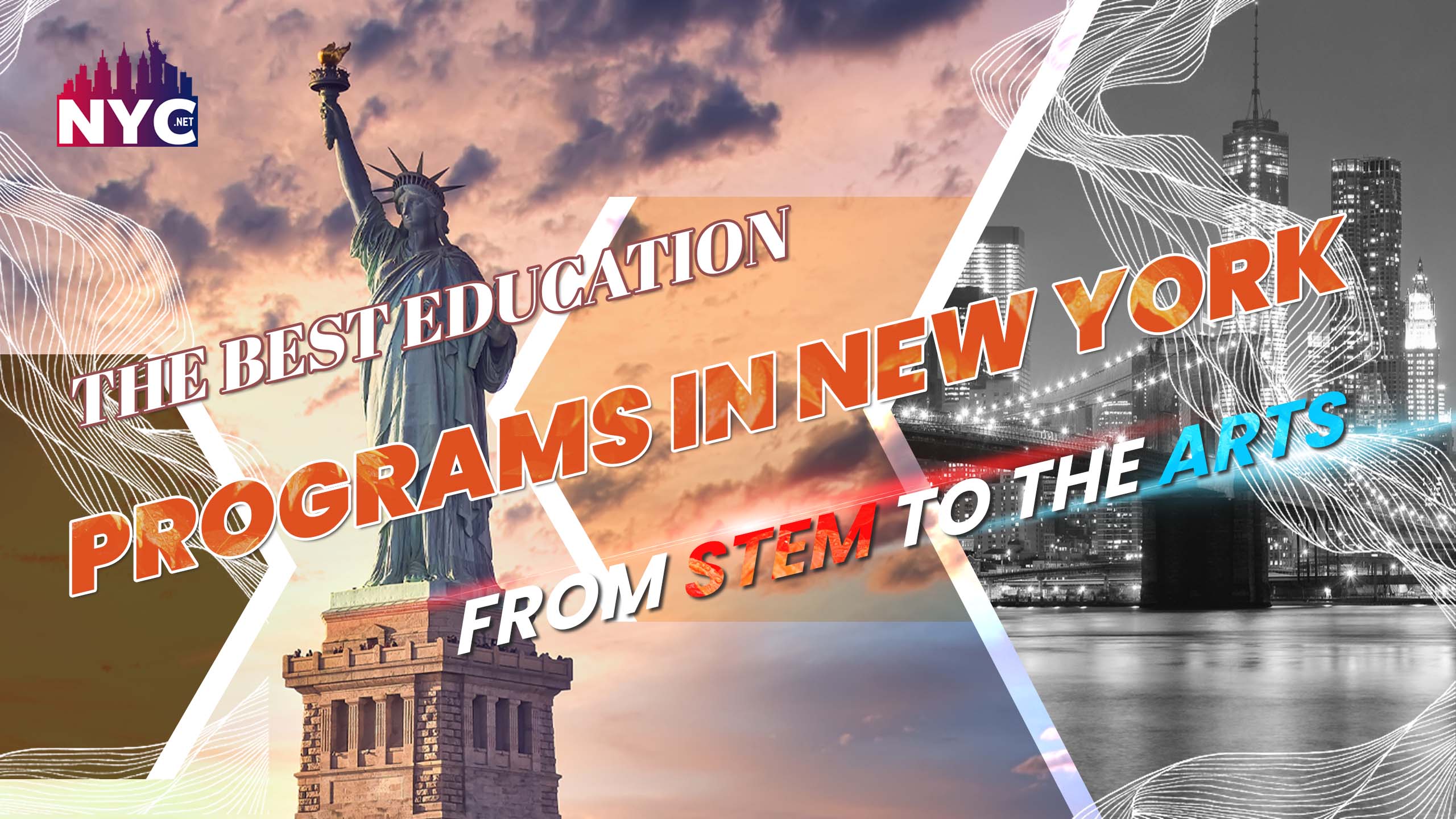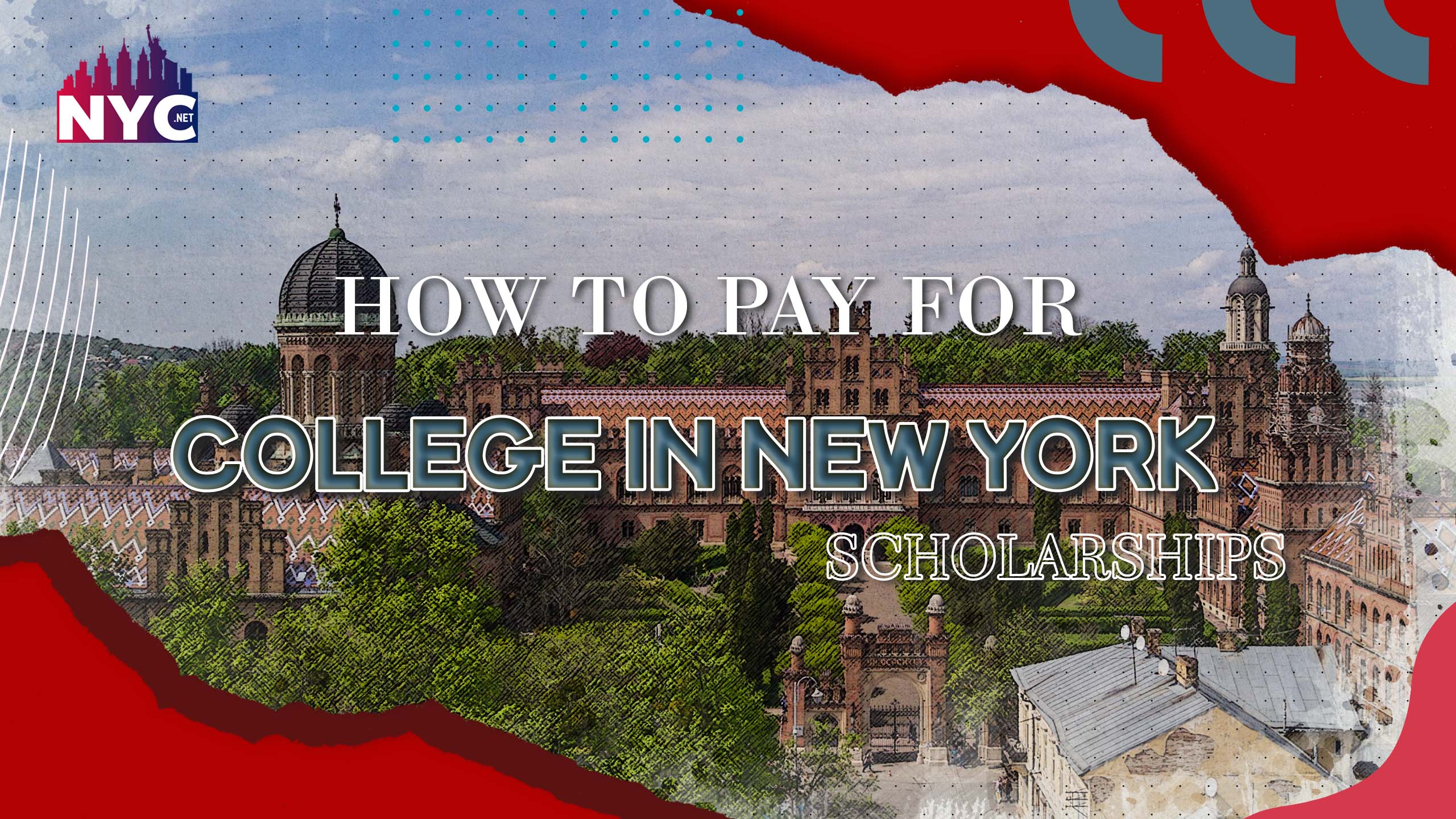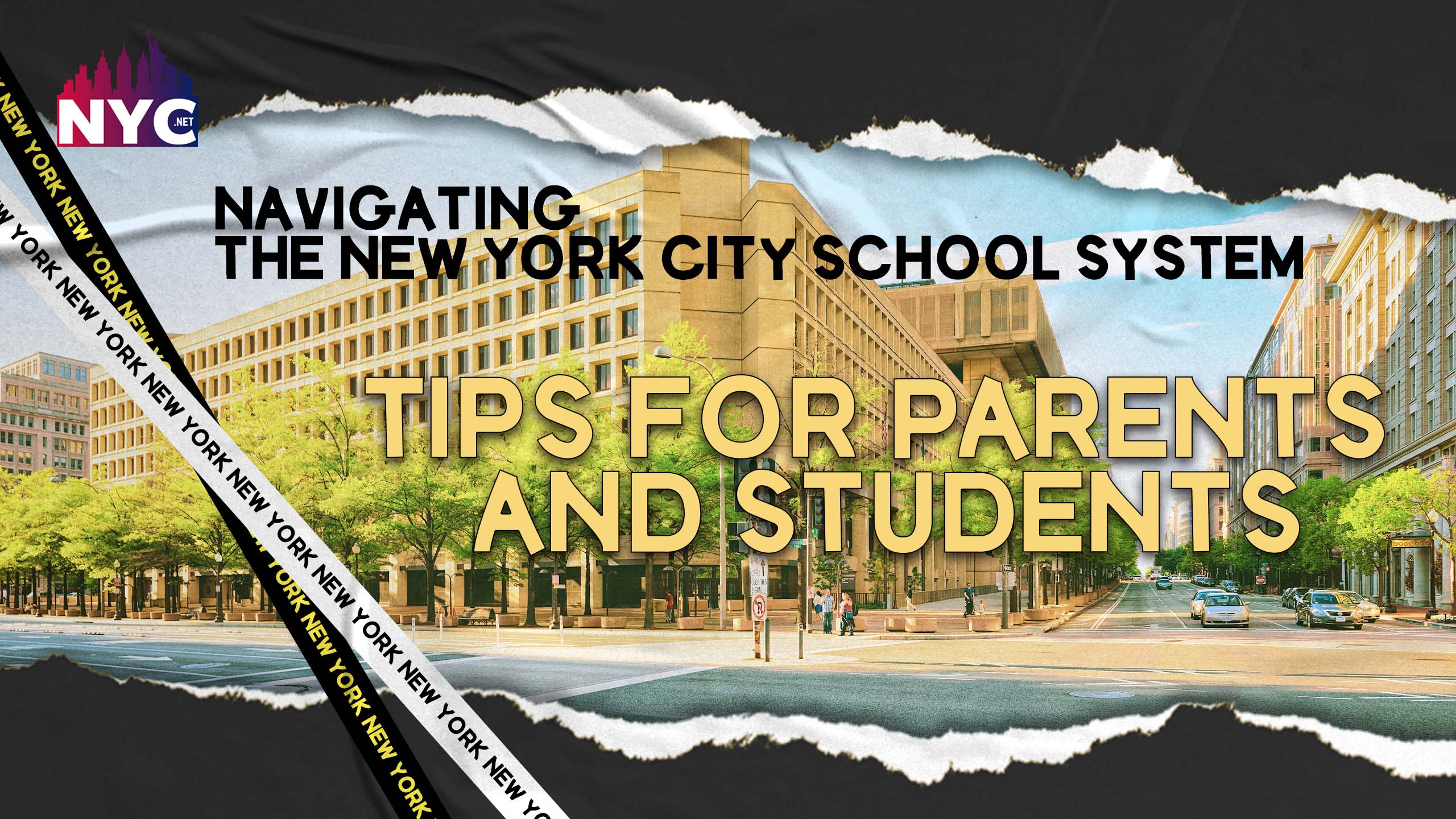Empowering Women’s Dreams with the ATHENA Adult Scholarship NYC

ATHENA Adult Scholarship NYC
Attaining a college degree is an important step to achieving success. Unfortunately, many women in the NYC area face financial obstacles in making their dreams of attending college a reality. Fortunately, The ATHENA Adult Scholarship NYC is helping to bridge this gap by offering grants and scholarships to eligible women in the five boroughs of New York City! Read on to find out how this scholarship program is helping women reach their educational goals.
How The ATHENA Adult Scholarship NYC Is Helping Women Achieve Their Dreams
The ATHENA Adult Scholarship NYC is a great way for women to get the education and training they need to pursue their dreams. The Scholarship covers the cost of tuition, books, and other fees associated with attending college or trade school. It is also available to women returning to school after a break in their education.
The ATHENA Adult NYC is open to all women over 18 who reside in New York City. There are no GPA or income requirements. The only requirement is that the applicant must be a woman planning to attend college or trade school within the next year.
Women can visit the website to apply for the Scholarship NYC or contact the office directly. The application process is simple and can be completed online or by mail. Once an application has been received, it will be reviewed by a committee of volunteers, who will decide based on financial need and academic potential.
The ATHENA Adult Scholarship NYC has helped countless women achieve their educational goals. If you are a woman looking to further your education, please apply for this Scholarship. It could be the first step towards achieving your dreams!
Who Qualifies for the ATHENA Adult Scholarship NYC?
To qualify for the ATHENA Adult Scholarship NYC, women must live in New York City. Moreover, they need to have been accepted to an accredited two or four-year college or university. Women perform financially needs and need to enroll in a program that leads to a degree in business, technology, engineering, or mathematics.
Benefits of Participating in the ATHENA Adult Scholarship NYC
- The ATHENA Adult NYC provides scholarships to women pursuing their dreams. The Scholarship is based on financial need and provides up to $5,000 per year for tuition, books, and other expenses. The Scholarship is renewable for up to four years.
- Furthermore, the ATHENA Adult has helped women achieve their dreams by providing them with the financial resources they need to pursue their education. The Scholarship has also been a source of motivation and encouragement for many women. Through the ATHENA Adult Scholarship NYC, women have gained the confidence and skills they need to succeed in their chosen fields.
- The ATHENA NYC is a great way for women to achieve their dreams. The Scholarship provides financial assistance to help pay for tuition, books, and other expenses associated with attending college. In addition, the Scholarship also offers mentoring and leadership development opportunities. The ATHENA Adult Scholarship NYC has helped me become a better leader and given me the tools I need to succeed in college and my future career.
- Overall, the ATHENA Adult Scholarship NYC is an excellent opportunity for women to receive support and financial assistance while they pursue their dreams. The Scholarship provides financial resources, mentorship, and leadership development opportunities that can help them succeed in college and beyond.
- The ATHENA NYC is helping women achieve their dreams. They can help them by providing them with the financial resources they need to pursue their educational goals. The Scholarship is open to any woman over 18 who is a resident of New York City.
- The ATHENA Adult provides its recipients up to $5,000 in funding for their education. The Scholarship is used for tuition, books, and other related expenses. The Scholarship is renewable for up to four years. Recipients can continue to receive support as they work toward their degrees.
- In addition to the financial benefits, the ATHENA Adult NYC provides its recipients access to a network of mentors and resources. These mentors can provide guidance and support as recipients navigate their educational journey. The Scholarship also allows recipients to connect with other women pursuing similar goals.
- The ATHENA Adult Scholarship NYC is helping women achieve their dreams by providing them with the financial and social resources they need to succeed in higher education.
How To Apply for the ATHENA Adult Scholarship NYC
The ATHENA Adult Scholarship NYC is a need-based scholarship that helps women of all ages return to or continue their education. To apply for the ATHENA Adult, applicants must be residents of New York City and demonstrate financial need. The ATHENA Adult is awarded on a rolling basis, so there is no deadline to apply.
To apply for the ATHENA Adult Scholarship, interested individuals can visit the website and fill out an online application. The application requires basic personal information and information about the applicant’s educational background and financial needs. After submitting the online application, applicants will be contacted by a representative, who will provide further instructions on completing the application process.
Stories of Women Who Have Benefited from the ATHENA Adult Scholarship NYC
Many scholarships help women achieve their dreams, but the ATHENA Adult Scholarship is one of the most impactful. The ATHENA Adult Scholarship NYC helps women over 30 work to improve their lives and career prospects.
Since its inception, the Scholarship has awarded over $1 million scholarships to nearly 1,000 women. The Scholarship provides up to $5,000 for tuition, books, and other educational expenses. Moreover, you can easily use it at any accredited college or university in the United States.
The ATHENA Adult Scholarship NYC has helped countless women achieve their dreams of returning to school and getting a degree. One such woman is Jennifer Lopez, who received the Scholarship in 2017. Lopez is a single mother struggling to make ends meet while working two jobs. The Scholarship allowed her to return to school and earn her accounting degree. However, now she works as an accountant and can provide for her family.
The Scholarship has also helped women like Sarah Jones, who used the Scholarship to return to school and get her degree in nursing. Moreover, Jones was able to use her degree to get a job as a nurse at a local hospital. She can now provide healthcare for her community and make a difference in the lives of others.
These are just two of the many stories of how the ATHENA Adult Scholarship NYC has helped women.
Alternatives to the ATHENA Adult Scholarship NYC
Several scholarships are available to women in New York City to further their education. Additionally, the Scholarship is just one available option. Plus, here are some others that you may want to consider:
- The New York Women’s Foundation: This organization provides scholarships for women in NYC looking to improve their lives through education.
- Plus, the New York Society for Women in Technology: This organization offers scholarships for women pursuing careers in technology.
- Moreover, the Working Mother’s Club: This club offers a scholarship program for mothers looking to return to school or pursue new educational opportunities.
- The Association of Black Women Attorneys: This organization provides scholarships to black women interested in pursuing careers in law.
- The National Organization for Women – New York City Chapter: This chapter of NOW offers a variety of scholarships and grants specifically for women living in NYC.
Conclusion
Overall, the ATHENA Adult NYC is making an incredible difference in the lives of many women. Providing support and mentorship to those seeking to further their education has enabled them to reach their goals and make a better life for themselves. We hope this program will continue to help even more women realize their dreams and succeed.



